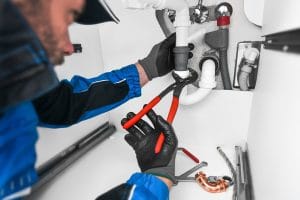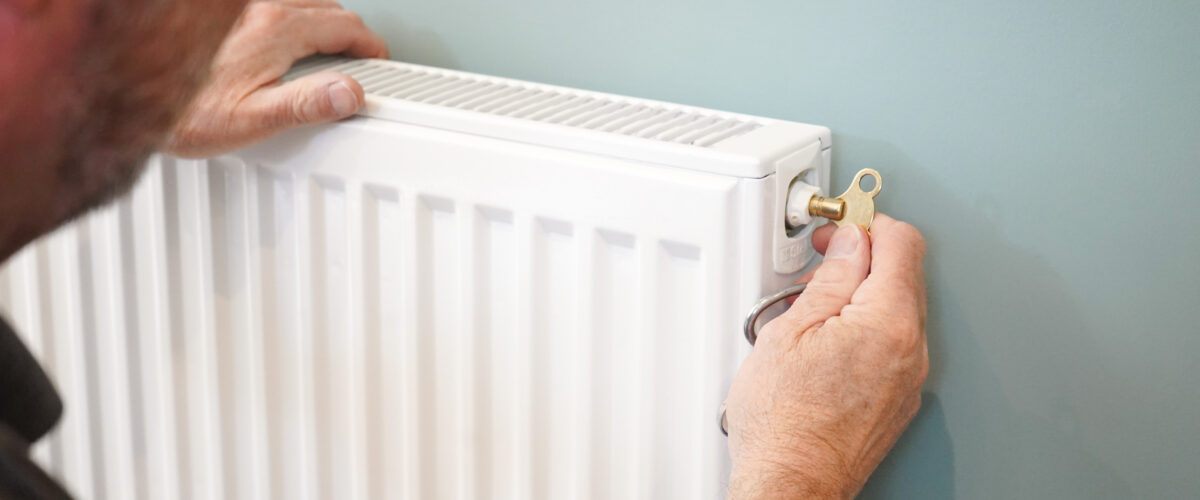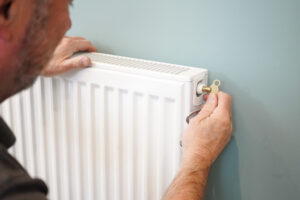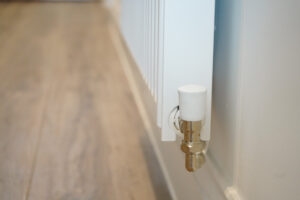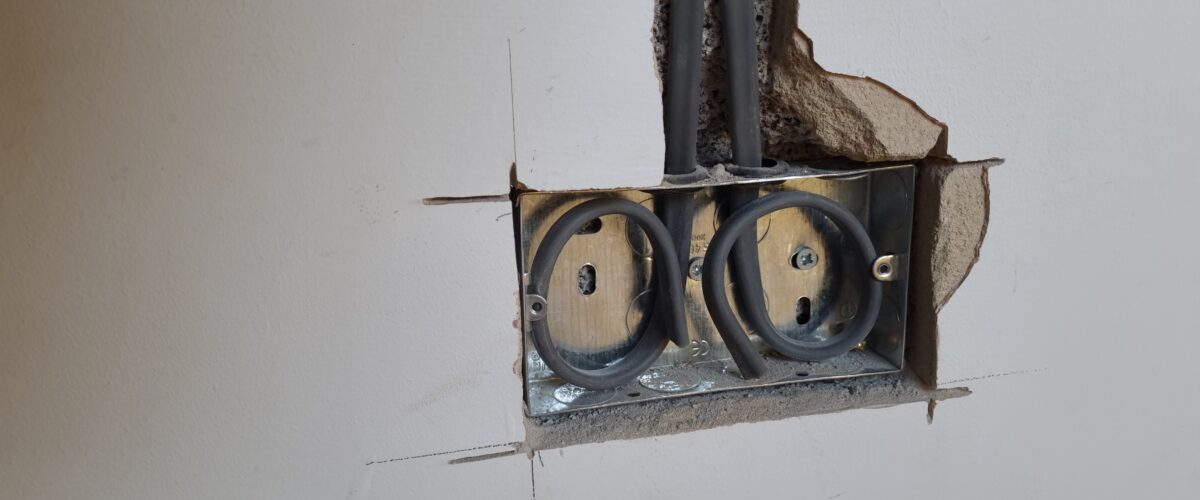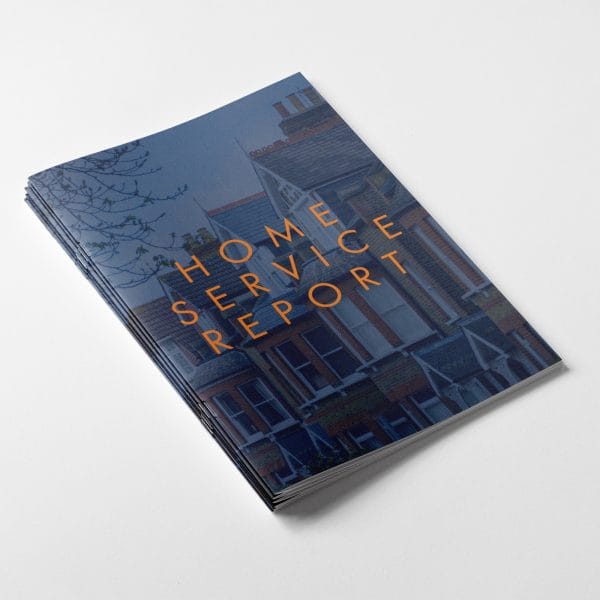
What Is an Electrical Installation Condition Report (EICR) and Why Is It Important?
What Is an Electrical Installation Condition Report (EICR) and Why Is It Important?
An Electrical Installation Condition Report (EICR) is an official document that assesses the safety and condition of an electrical installation within a property. It is carried out by a qualified electrician to identify any defects, deterioration, or potential hazards. The report highlights issues such as faulty wiring, overloaded circuits, or a lack of proper earthing, ensuring the installation complies with current electrical safety standards.
EICRs are essential for homeowners and, landlords to maintain electrical safety, prevent fire risks, and meet legal requirements. Regular inspections help to ensure compliance with regulations such as the Electricity at Work Regulations 1989 and the Landlord and Tenant Act 1985, ultimately protecting occupants from electrical hazards.
Electrical safety is crucial for both homeowners and rented properties, as faulty or outdated wiring can lead to serious hazards such as electric shocks, fires, and power failures. Regular Electrical Installation Condition Reports (EICRs) help to identify potential risks, ensuring that installations meet electrical regulations in the UK and remain safe for occupants. For landlords, obtaining an EICR report—also known as a landlord electrical certificate—is a legal requirement, ensuring electrical compliance for landlords while protecting tenants. Homeowners also benefit from periodic electrical inspections, preventing costly repairs and safeguarding their property’s value. While EICR costs vary depending on the property size and condition, investing in an electrical safety report is essential for long-term safety, legal compliance, and peace of mind.
What Does an EICR Involve?
An Electrical Installation Condition Report (EICR) involves a thorough electrical inspection of a property’s wiring, circuits, and overall home electrical safety. A qualified electrician will assess the condition of sockets, light fittings, fuse boards, and earthing arrangements, ensuring they comply with electrical regulations in the UK. The inspection checks for potential hazards such as overloaded circuits, faulty wiring, or deterioration that could pose a risk. The findings are recorded in an EICR report, which categorises any issues by severity and recommends necessary remedial work. For landlords, obtaining a landlord electrical certificate is essential to meet electrical compliance and ensure the property remains safe for tenants.
Who Needs an EICR and Why?
An Electrical Installation Condition Report (EICR) is essential for both landlords and homeowners, ensuring home electrical safety and compliance with electrical regulations in the UK. For landlords, it is a legal requirement to have an electrical inspection carried out at least every five years, with a valid landlord electrical certificate provided to tenants as proof of compliance. This ensures electrical compliance for landlords and helps protect tenants from potential hazards. Homeowners can also benefit from an EICR report, as it identifies hidden faults, prevents electrical failures, and reduces fire risks. Regular testing ensures a safe living environment and can help avoid costly emergency repairs.
How Often Should an EICR Be Carried Out?
The recommended frequency for an Electrical Installation Condition Report (EICR) depends on the type of property and its usage. For rented properties, landlords are legally required to arrange an electrical inspection at least every five years to maintain electrical compliance for landlords. However, homeowners are also advised to have an EICR report conducted every 10 years or when major electrical work is carried out. In certain situations, an EICR may be needed sooner, such as when buying or selling a home, after flood or fire damage, or if there are signs of electrical faults like frequent tripping circuits or flickering lights. Regular testing ensures continued home electrical safety and helps identify potential hazards before they become serious issues.
What Happens After an EICR?
After an Electrical Installation Condition Report (EICR) is completed, the electrician will issue either a satisfactory or unsatisfactory report. A satisfactory result means the installation meets electrical regulations in the UK and no immediate action is required. If the report is unsatisfactory, it will list issues that need attention, categorised by severity. C1 (danger present) and C2 (potential danger) issues must be fixed urgently to ensure safety, while C3 (improvement recommended) suggests non-urgent upgrades. Landlords must complete any necessary repairs within 28 days to maintain electrical compliance for landlords, while homeowners should address faults promptly to protect home electrical safety. Once remedial work is completed, a follow-up inspection may be required to confirm compliance.
How Much Does an EICR Cost?
The EICR cost varies based on factors such as property size, age, and the complexity of the electrical system. On average, a residential electrical inspection can range from £100 to £300, with larger or older properties typically costing more due to the time required for thorough testing. While this may seem like an added expense, an Electrical Installation Condition Report is a cost-effective way to ensure home electrical safety, prevent expensive repairs, and comply with electrical regulations in the UK. For landlords, it is a necessary investment in electrical compliance, avoiding potential fines and ensuring tenant safety.
Why Choose Home Service Reports for Your EICR?
Choosing Home Service Reports for your Electrical Installation Condition Report (EICR) ensures a professional, reliable, and hassle-free experience. Our team of qualified electricians provides thorough electrical inspections, identifying potential hazards and ensuring full electrical compliance for landlords and homeowners. With a strong reputation for expertise and exceptional customer service, we offer clear, detailed EICR reports at competitive prices. Whether you’re a landlord or a homeowner, Home Service Reports delivers peace of mind. Book your EICR inspection today at Home Service Reports to ensure your property meets electrical regulations in the UK.

